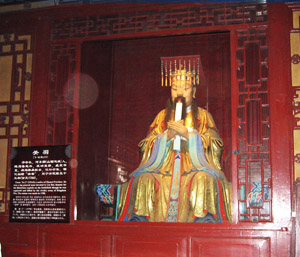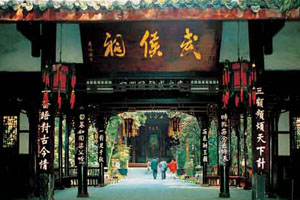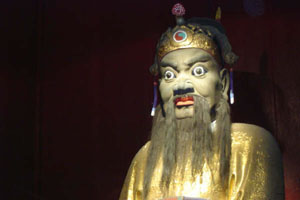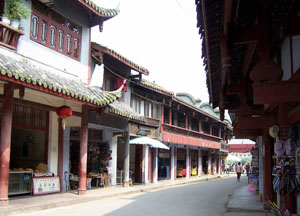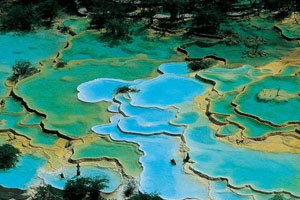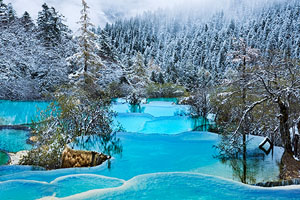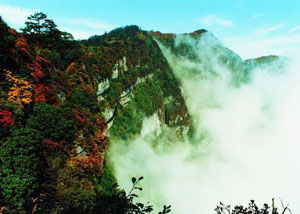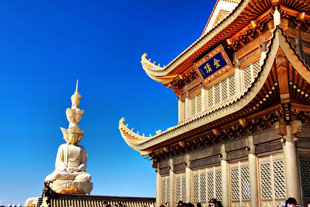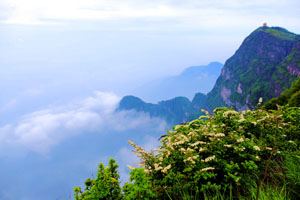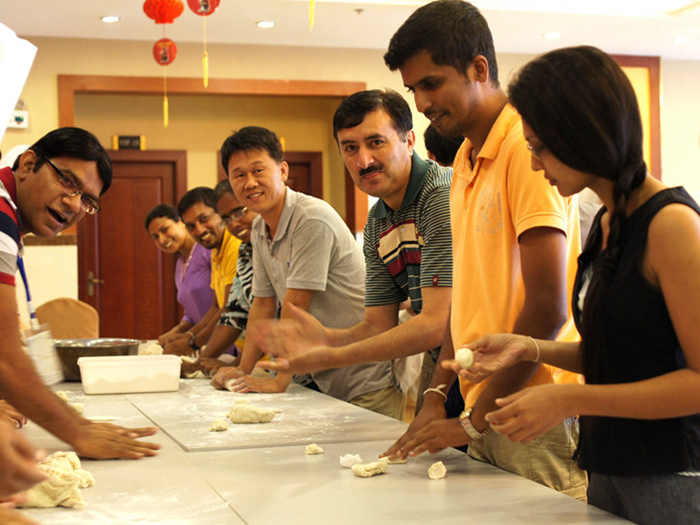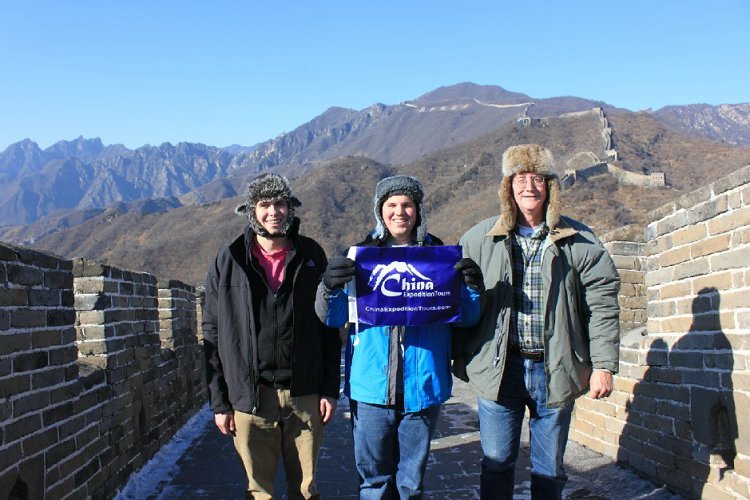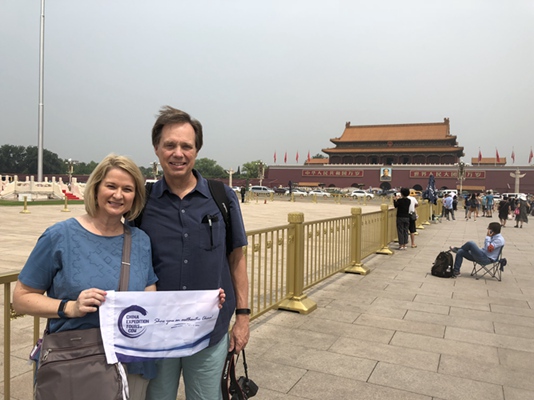Highlights
Chengdu is the capital of Sichuan Province, which is known as the "Heavenly State" (Tian Fu Zhi Guo).It is a natural habitat of cute giant pandas. In this tour, we will go to The Panda Breeding Research Center created and imitated the pandas' natural habitat to see lovely pandas and visit the biggest carved stone Buddha in the world.
Itinerary
You will be picked up from your hotel in Chengdu by the driver and the guide between 7:00-8:00am.We will drive 30 minutes to Chengdu Giant Panda Breeding and Researching Base (2.5hours) in the northeast suburb of this city. You will have a close look at the world cutest animal, even the cubs there. Then we will drive two hours to Leshan. After lunch, we will climb the mountain and visit Leshan Giant Buddha. (2 hours) You will be dropped off at your hotel around 6:30 PM.
Meals included:
Pricing & Accommodation
-
 US Dollar
US Dollar -
 Euro
Euro -
 GB Pound
GB Pound -
 CA Dollar
CA Dollar -
 AU Dollar
AU Dollar -
 HK Dollars
HK Dollars -
 Renminbi
Renminbi
*USD 110 per person
*The price is only for your reference and it is subject to seasons, high or low.Please send us your inquiry if you are interested.
*The tour is available on Saturdays.
Inclusions / Exclusions
Inclusions:
1.air-con bus or van with experienced driver
2.English-speaking tour guide
3.Entrance tickets to the attractions as listed in the itinerary
4.Hotel pick-up & drop-off service
Exclusions:
1. travel insurance
2. personal expenses
3.Tips is highly appreciated but not requested
4. lunch
Important Information
How to Dress (only for reference):
Comfortable walking shoes
Long, loose and comfortable pants
Shorts for summer months (June – September)
Shirts/T-shirts
Warm clothes (Fleece, Jacket, hat and gloves etc.) for Nov- April
Umbrella or waterproof jacket in a cloudy day or rainy day
Cover for backpack or plastic bags to keep clothes dry in case of rain
What to Bring (only for reference):
Wet wipes / Moist towelettes
Sun hat, Sun block, Sunglasses
Insect Repellent
Bottled Water
Small towel
Camera, film and memory chip, battery
Binoculars

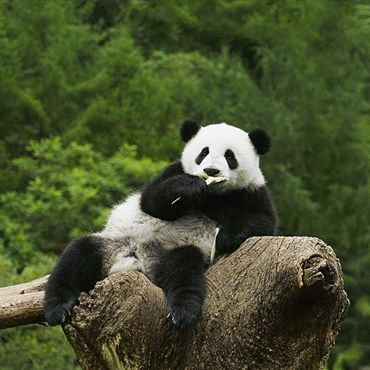
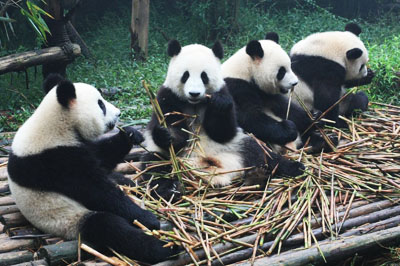
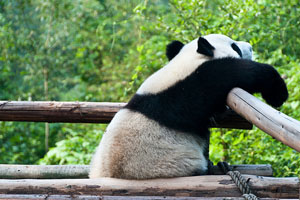
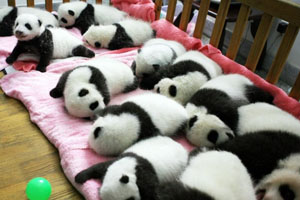
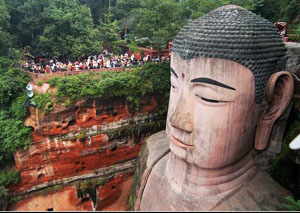
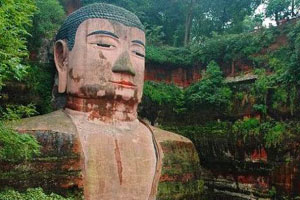
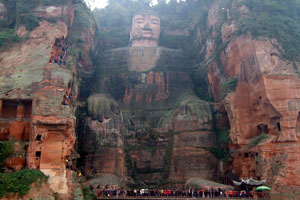
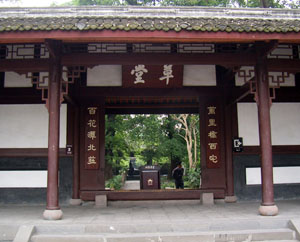
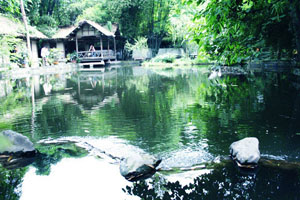
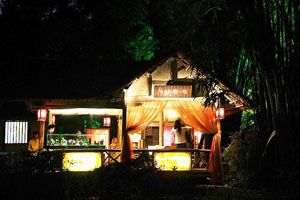
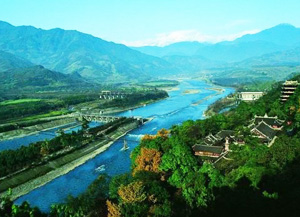
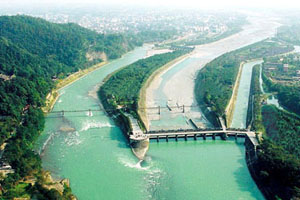 Having witnessed centuries’ changes, the gorgeous Dujiangyan likes a record of the history attracting a growing number of tourists with the picturesque and splendid landscape. On November 29, 2000, Dujiangyan was listed as the world cultural heritage by UNESCO. Nowadays, Dujiangyan is not only the irrigation work, but also a popular scenic spot with many charming sceneries around--just like many stars twinkling around the moon.
Having witnessed centuries’ changes, the gorgeous Dujiangyan likes a record of the history attracting a growing number of tourists with the picturesque and splendid landscape. On November 29, 2000, Dujiangyan was listed as the world cultural heritage by UNESCO. Nowadays, Dujiangyan is not only the irrigation work, but also a popular scenic spot with many charming sceneries around--just like many stars twinkling around the moon.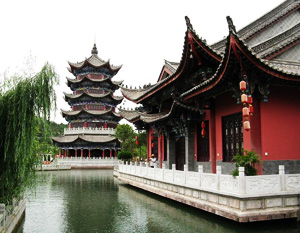
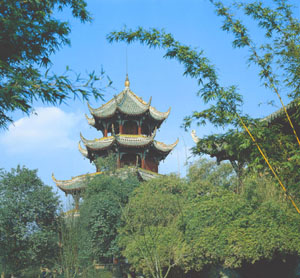 Wangjiang Pavilion with a height of 39 meters is the most shinning architecture in the Wangjiang Park that covered by green bamboo woods. Wangjiang Pavilion, built in Qing Dynasty (1644-1912), was designed as an octagonal shape with the overhanging eaves, sharp golden roof, and various exquisite figure carvings and clay sculptures of animals decorating each floor. Located on the bank of Jinjiang River, Wangjiang Pavilion provides an ideal angle for river viewing, from which it derived the present name “Wangjiang Lou”.
Wangjiang Pavilion with a height of 39 meters is the most shinning architecture in the Wangjiang Park that covered by green bamboo woods. Wangjiang Pavilion, built in Qing Dynasty (1644-1912), was designed as an octagonal shape with the overhanging eaves, sharp golden roof, and various exquisite figure carvings and clay sculptures of animals decorating each floor. Located on the bank of Jinjiang River, Wangjiang Pavilion provides an ideal angle for river viewing, from which it derived the present name “Wangjiang Lou”.